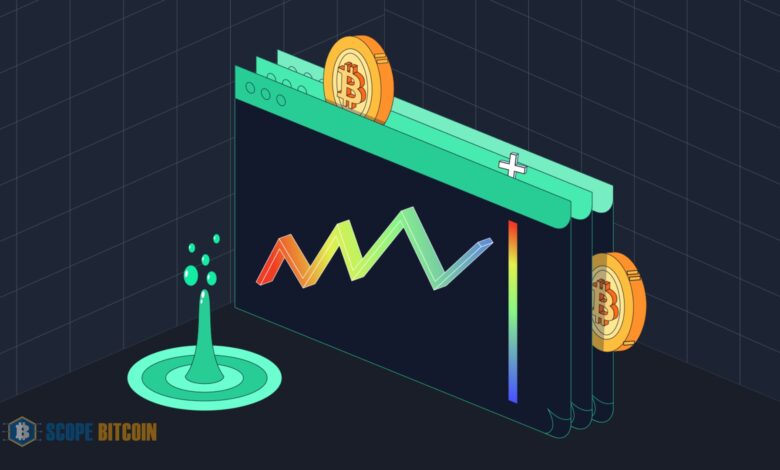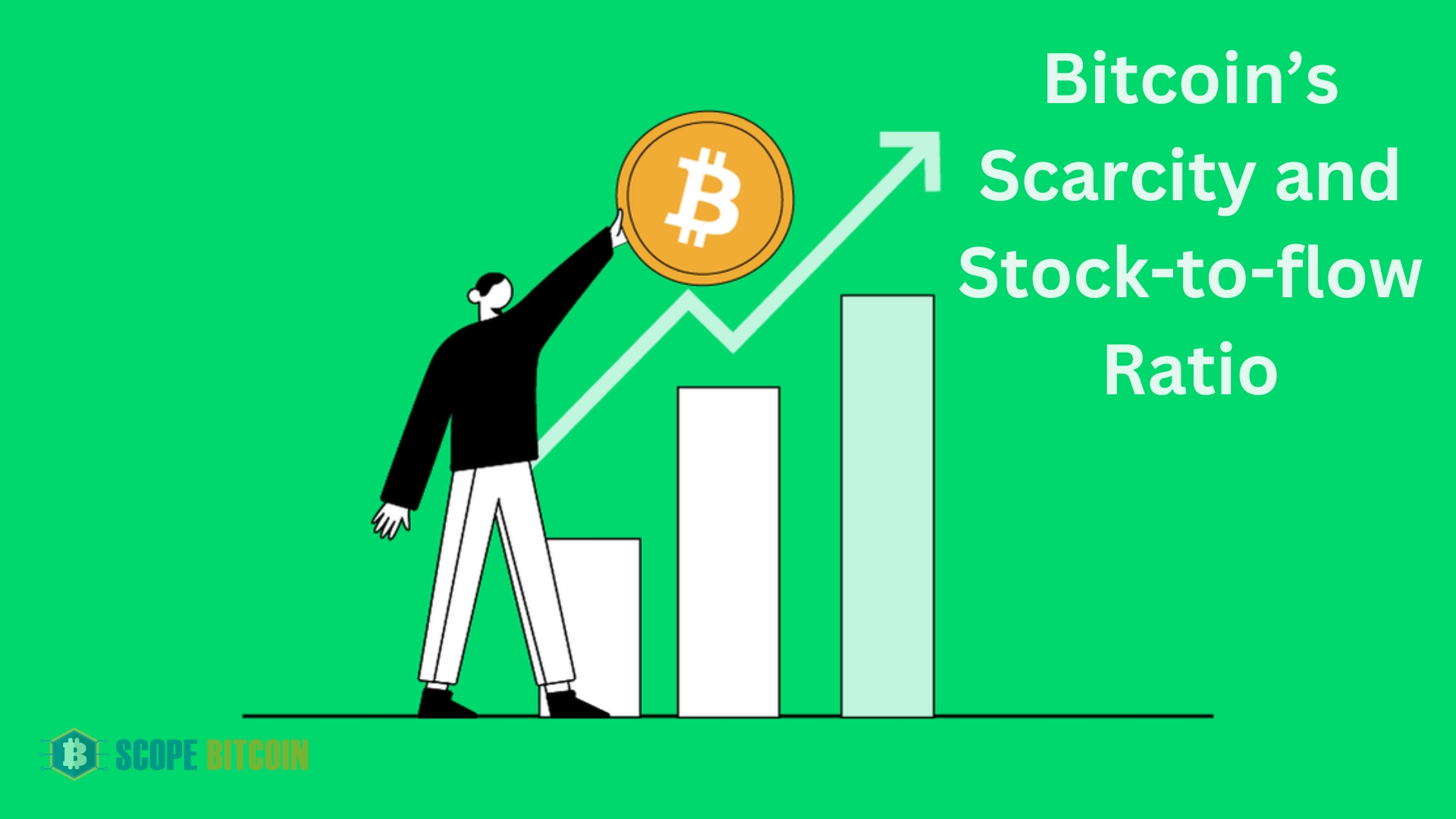
Bitcoin Stock-to-flow Model A Complete Guide By Scopebitcoin
Due to digital currencies’ notorious volatility, it is difficult for inexperienced investors to make informed selections when they initially begin investing in cryptocurrencies. Given these obstacles, the “stock-to-flow” (SF or S2F) model offers a structure for a more systematic decision-making process. Predicting the future value of various assets is crucial for crypto investments, just like for stock market investments. In this regard, the stock-to-flow ratio serves as a useful model.
There is a historical association between the SF ratio and Bitcoin’s BTC $60,698 price, making it a popular method for predicting future Bitcoin price values. Bitcoin is one of the most well-known and early examples of a unique digital object. Coins, like silver and gold, will never have more than twenty-one million circulation. The stock-to-flow approach uses the fact that Bitcoin’s value is boosted by its scarcity. The stock-to-flow ratio can forecast Bitcoin’s future value by determining its digital scarcity. This in-depth examination will teach you all you need to know about the stock-to-flow process, including how it works and how to invest in Bitcoin.
Bitcoin’s Scarcity and Stock-to-flow Ratio
An American computer scientist and cryptographer, Nick Szabo, says resource scarcity creates “unforgeable costliness” and value. Due to the technology, Bitcoins will become rarer as the quantity drops. Miners receive a “block reward”—proof-of-work—when they find the hash value needed to validate a batch of transactions.
For every 210,000 blocks, “Bitcoin halving” halves the block reward. The block reward has continuously declined from 50 BTC in 2009 to 25 BTC in 2012 to 12.5 BTC in 201; however, it will remain at 6.25 BTC in 2020. Spring 2024 will see another halving. Bitcoin’s price usually rises dramatically when it halves. Scarcity measures can help determine when to buy Bitcoin since its price increases with supply.

The stock-to-flow model is a more straightforward approach to predicting value fluctuations. It calculates an asset’s present stock value using its new production rate or annual output. Greater scarcity, as shown by a larger ratio, leads to higher prices. The mysterious Dutch investor known only as “PlanB” helped disseminate information regarding Bitcoin’s stock-to-flow ratio.
The cryptocurrency ecosystem developed the Bitcoin Stock-to-flow Model after utilizing it for gold and silver. Like these other commodities, bitcoin is challenging to mass-produce; supply and demand determine its value. Technical advances in the precious metals mining business have accelerated gold production, whereas Bitcoin’s output is more evenly divided due to halving.
Also, Bitcoin can’t be melted into commodities like gold or silver. Because cryptocurrency holders can always liquidate their holdings, each token is a potential supply. And that’s why a high crypto stock-to-flow ratio doesn’t necessarily mean absolute value but rather relative value.
Calculating Stock-to-flow Ratio
Although this consistent inflow makes Bitcoin’s stock-to-flow ratio considerably easier to forecast, it is far from ideal. Macro factors will increasingly impact it as the asset matures. One calculates the stock-to-flow ratio of a commodity by comparing the total amount accessible (the stock) with the amount mined (the flow) in a particular year.
Stock-to-flow ratio formula
SF=stock/flow
We will begin by examining the Bitcoin stock-to-flow calculation. There are currently 18,847,331 bitcoins in circulation, or 89.74% of the total supply, thanks to a yearly flow of 328,500 bitcoins. The stock value changes when fresh blocks are mined every ten minutes.
By entering these figures into the calculation, we get a stock-to-flow ratio of 57.374 (18,847,331/328,500). This means mining the current Bitcoin supply (not considering the maximum supply or halvings) would take around 57 years. The S2F ratio increases, which drives up the price of Bitcoin due to the increasing scarcity caused by Bitcoin halving occurrences. As far as investors are concerned, this is the most essential proof that Bitcoin is money and not a commodity.
Is Bitcoin stock-to-flow accurate for price predictions?
Even though there has been a historical correlation between the Bitcoin stock-to-flow ratio and BTC price, the methodology has significant limitations when predicting how digital asset values will evolve.
For instance, the model gives more weight to Bitcoin’s supply than its demand. An asset’s worth is based on market forces, specifically supply and demand. The price of Bitcoin will still fall if demand for the cryptocurrency declines significantly, regardless of how much the SF ratio grows every four years during halving events. Even worse, the Bitcoin stock-to-flow model does not take into account other factors that could affect the price, such as:
- Volatility: Cryptocurrencies like Bitcoin can still see large price swings, even though their volatility has decreased. Investors may sell their Bitcoin holdings in a panic after a significant value loss during a very volatile period, which might lead to the liquidation of traders’ long bets and a substantial decline in the price of Bitcoin.
-
Black Swan Events: unpredictable and extremely significant economic catastrophes, known as “black Swans,” can significantly impact asset prices. A black swan event would be a regulatory crackdown that outlaws Bitcoin trading and purchases. Assuming this to be accurate, Bitcoin’s price could drop significantly.
Other Crypto Forecasting Models
Market participants’ thought processes, frequently called “collective psychology” or “crowd psychology,” are considered in Elliott Wave Theory’s evaluation of financial market cycles. In the 1930s, American accountant Ralph Nelson Elliott proposed the Elliott Wave Theory.
According to Elliott’s Wave Theory, wave patterns will either rise and fall vertically or with a slight slant. Like any other financial asset, cryptocurrency prices go through spontaneous and cyclical ups and downs. The observed waves are regular and cyclical and classified into five groups, each representing a distinct wave (e.g., motivating or corrective).

Another technique for predicting Bitcoin prices is the Bitcoin Rainbow Chart, which shows the price movement of Bitcoin over time using a logarithmic chart with colored bands. Über Holger, CEO of Holger, made the multicolored bars using a logarithmic regression given by Bitcointalk user “Trolololo” in 2014. Holger believes these bands are utterly arbitrary and unsupported by science. Hence, they will remain valid for an indefinite amount of time, even though the theory doesn’t mention a specific duration.
If you want to buy or sell Bitcoin without worrying about the daily volatility that impacts all markets, you may look at historical prices and determine when it is a good time to do it. According to Holger, the Rainbow Chart isn’t a good source for investment advice as previous results don’t necessarily indicate future success. However, it classifies Bitcoin prices into eight arbitrary color bands: almost certainly a bubble, sell, bubble formation, still inexpensive, HODL, purchase, accumulate, and deeply discounted.
Stock-to-flow Concept for Cryptocurrency Investing
The stock-to-flow paradigm has some problems, yet it can be helpful when trading cryptocurrencies. The model predicts that a cryptocurrency’s value would rise in terms of its stock-to-flow ratio based on its previous data. This relationship can guide a person’s financial decisions.
Extreme relative scarcity, as shown by a stock-to-flow ratio of 50 or above, suggests that values will rise. Given that ratio, an investor may opt to sell part of their cryptocurrency holdings to benefit from the current high price. However, if they anticipate a rise in the ratio, they may boost their purchases when it is low.
Notwithstanding its limits, understanding how to apply the stock-to-flow ratio to Bitcoin may be a sound financial strategy. When investing in cryptocurrencies, this model should be considered along with other forecasting methodologies.







